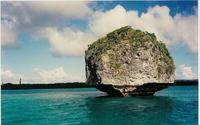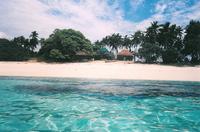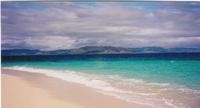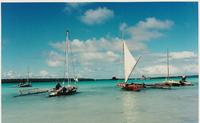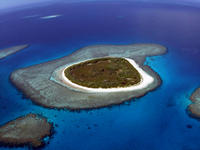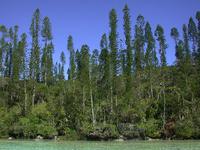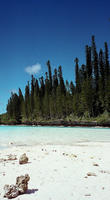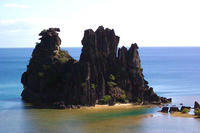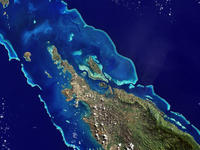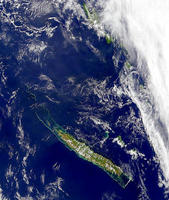You are in: Europe -> France -> Lagoons of New Caled... , and traditional search or Image Gallery will yield results of this site only
Lagoons of New Caledonia: Reef Diversity and Associated Ecosystems
| Site number: | 1115 |
|
| Type of site: | Natural | |
| Date of Inscription: | 2008 | |
| Location: | Europe, France, New Caledonia, Grand Terre | |
Up to 75 images are shown here. Click on each for more details or on Image Gallery for more images.
| Description: | The Lagoons of New Caledonia: Reef Diversity and Associated Ecosystems encompass one of the world’s three most widespread reef systems as well as six marine clusters that represent the major diversity of coral reefs and associated ecosystems of New Caledonia - a French archipelago in the Pacific Ocean. The site is also known for its outstanding diversity of coral and fish species and its variety of habitats ranging from mangroves to seagrasses, boasting the most diverse concentration of reef structures in the world. Displaying intact ecosystems, the Lagoons of New Caledonia can showcase healthy large predator populations, and countless different types of big fish. They house a number of threatened fish, turtles, and marine mammals, among them dugongs (the site holds the third largest population in the world). A site of natural beauty, these Lagoons contain reefs of varying age (living reefs to ancient fossil reefs), supplying an imperative source for studying the natural history of Oceania. --WHMNet paraphrase from the description at WHC Site, where additional information is available. | |
| The New Caledonia Barrier Reef is located in New Caledonia in the South Pacific, and is the second-longest coral reef in the world, after Australia's Great Barrier Reef. The New Caledonia Barrier reef surrounds Grand Terre, New Caledonia's largest island, as well as the Ile des Pins and several smaller islands, reaching a length of 1500 km. The reef encloses a lagoon of 24,000km², which has an average depth of 25 meters. The reefs lie up to 30 kilometers from the shore, but extend almost 200 km to the Entrecasteaux reefs in the northwest. This northwestern extension encloses the Belep Islands and other sand cays. Several natural passages open out to the ocean. The Boulari passage, which leads to Noumea, the capital and chief port of New Caledonia, is marked by the Amedee lighthouse. The reef has great species diversity with a high level of endemism, and is home to endangered dugongs (Dugong dugon), and is an important nesting site for Green Sea Turtle (Chelonia mydas). Most of the reefs are generally thought to be in good health. Some of the eastern reefs have been damaged by effluent from nickel mining on Grand Terre. Sedimentation from mining, agriculture, and grazing has affected reefs near river mouths, which has been worsened by the destruction of mangrove forests, which help to retain sediment. Some reefs have been buried under several meters of silt.In January 2002, the French government proposed listing New Caledonia's reefs as a UNESCO World Heritage Site. UNESCO listed New Caledonia Barrier Reef on the World Heritage List under the name The Lagoons of New Caledonia: Reef Diversity and Associated Ecosystems on 7 July 2008. --Wikipedia. Text is available under the Creative Commons Attribution-ShareAlike License. | ||
| Source: | http://whc.unesco.org/en/list/1115 | |
| Reference: | 1. UNESCO World Heritage Center, Site Page. | |



